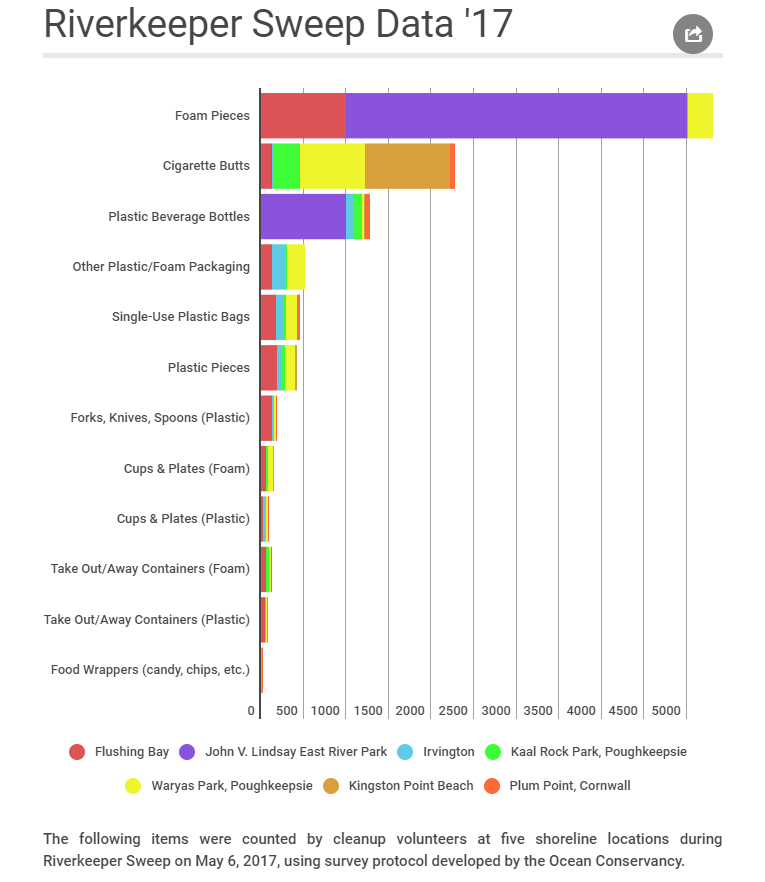Haha, this week started off really funny. I was in NYC last year and have witnessed some serious snow then, so I was expecting there to be a decent amount of snow on Monday, but…
Surprisingly, I think attending class from home through Zoom was actually quite effective. I was trying hard to catch everything everybody was saying so that I don’t miss out on anything interesting, and I think because of that it (the bad connection coupled with the virtual experience) made me more attentive. The downside was of course that we could not collaboratively make anything physical during class but I think overall we did well in organizing a makeup class over Zoom.
Thoughts on Homework Readings:
I have been thinking a lot about the readings we have been doing and how they relate to the readings I have done in the past. Below is some analysis I have done over the last couple of weeks which I also included in my self-assessment.
As Seymour Papert put it in Mindstorms, “Piaget has demonstrated how young children hold theories of the world that, in their own terms, are perfectly coherent.” In other words, their model of the world is no less developed than the model of the world adults hold. Here, an analogy could almost be made to machine learning where you have different machine learning models that are optimized for different end uses.
Additionally, Papert goes on to say that “one of the more subtle consequences of [Piaget’s] discoveries is the revelation that adults fail to appreciate the extent and the nature of what children are learning, because knowledge structures we take for granted have rendered much of that learning invisible.” There is a certain joy to teaching, or just being around, children because children do things differently than us. Often adults see actions performed by children as naïve, or as some less informed version of what they would have done themselves, but this could be the result of adults imposing their own worldview, and own learning model, onto children, when in fact a very different kind of learning model is at play in children.
In CC Lecture last semester we read Nick Bostrom’s Superintelligence. In the book, Bostrom explains in detail where artificial intelligence stands currently and what main hurdles we are facing before superintelligence, in any kind of form, can be achieved. In his explanations, he discusses about very specialized machine learning models that perform one task extremely well while completely failing at others. The challenge is to construct a machine learning model that can handle all kinds of tasks including highly creative, abstract tasks. Since human superintelligence has not been achieved yet, understanding how those with different learning models than ours learn, work and play would serve us well in building a much more holistic picture of how learning takes shape in our minds. Observing and learning from children in this sense is a step we should not skip.
Initial Project Ideas:
While looking through the links in the syllabus, I noticed that there is actually a great reference on the RiverKeeper website to data on the amount and type of trash found in and around the river. Each year the Riverkeeper Sweep takes place on the Hudson River estuary which involves cleanups, invasive species removal, and shoreline restoration. An impressive number of volunteers contribute to this effort annually – more than 1,700 volunteers.

As starting points for our Earth Day projects, I had the following ideas:
- An interactive and educational data visualization connecting the hidden cause and (often hidden) impact of using non-biodegradable products
- A fake news fantasy story about the wacky, dangerous and promising aspects of synthetic biology, specifically gene editing, for species preservation. Inspired by the following two projects:
– A real-life project about using gene editing to bring back extinct species: https://reviverestore.org/
– An online science fiction story about growing your own sneakers using gene editing: https://www.nextnature.net/projects/rayfish-footwear/
During the Zoom session, it was helpful to discuss about our ideas as I think two really important points emerged from the discussion. These were:
- We should consider how an ordinary person can understand and take action locally
- We should focus on the specific collision/conflict points and aim to educate the public about these
Additionally, the user archetype interviews that were mentioned sounded like a research technique I would like to learn more about. In my opinion it’s challenging to conduct any kind of accurate user study in the design world, regardless of whether it is quantitative or qualitative study. Learning to do these well is a great skill to have for any designer working with users/clients for whom they are designing.
Low-Res Prototypes
Here is the low-res prototype Raquel and I prepared for Week 6.